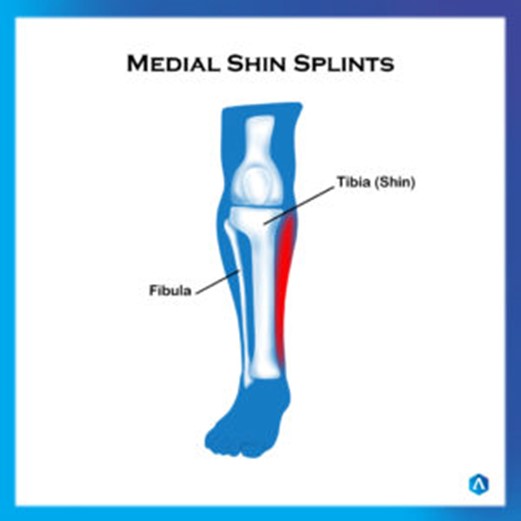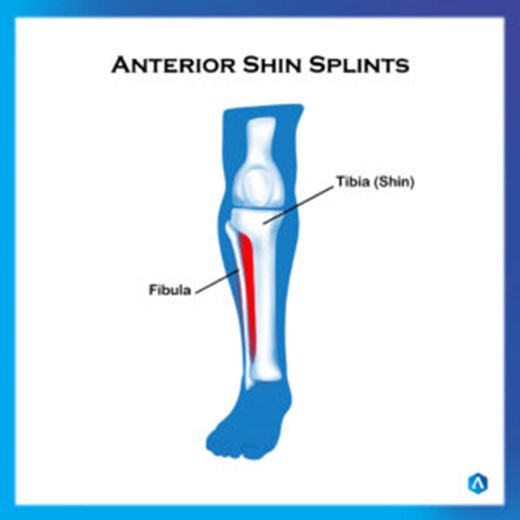
Shin Splints create pain that radiates along the shin bone (tibia) and could be caused by muscle, tendon or tissue inflammation.
The condition is common in athletes, particularly runners and dancers – although can happen to anyone, particularly if they are injured or take on more exercise then they are used to.
Running on uneven or solid surfaces can be a cause as can unsupportive footwear. People who tend to pronate are also more prone to Shin Splints
Symptoms
There are three types of Shin Splints – lateral, medial and anterior.
For lateral the pain exhibits on the outside of the fibula (outer shin), medial is on the inside of the tibia (inside shin) and anterior (front shin) is pain between the fibula and the tibia.


Assessment
To confirm shin splints book in for a full biomechanical assessment, diagnostic and treatment program. A biomechanical assessment is done to identify the ‘why’ factor further diagnostics and treatment can be provided. For further diagnostics you may also be sent for an X-ray or MRI.
Treatment
Treatments for Shin Splints are non-surgical. This could be one or a combination of the following:
- Stop doing your exercise regime of strenuous activity and rest as much as possible
- Ice the area of pain as required during the day, you can use an ice pack or other method for this, as long as this is done for up to 20 minutes until the skin becomes numb
- Dry needing is used to break down adhesions
- Deep massage is also used to loosen muscle and adhesions
- Foot mobilisation helps re-aligns bones of the foot to reduce stress on the shins
- Crown Medical Orthotics prescribed according to any biomechanical anomalies detected
- Anti-inflammatory medication like Voltaren or ibuprofen help reduce swelling and pain.
